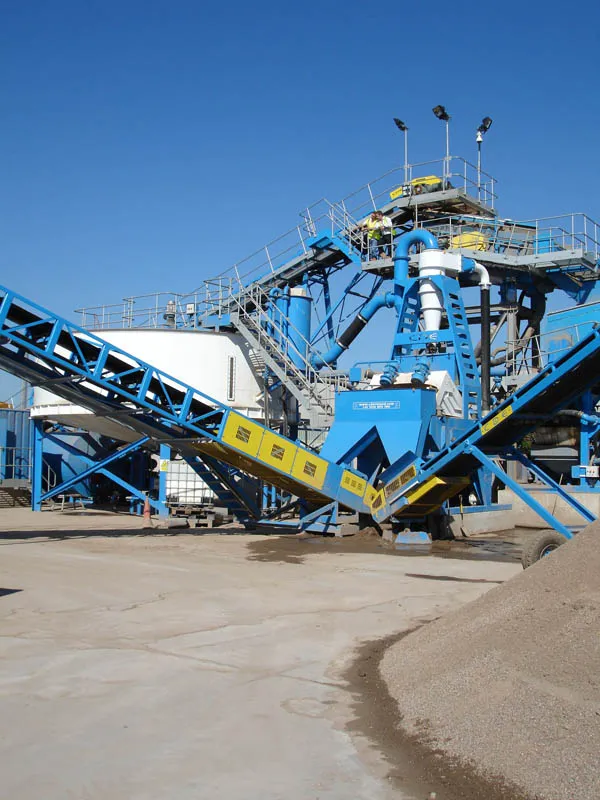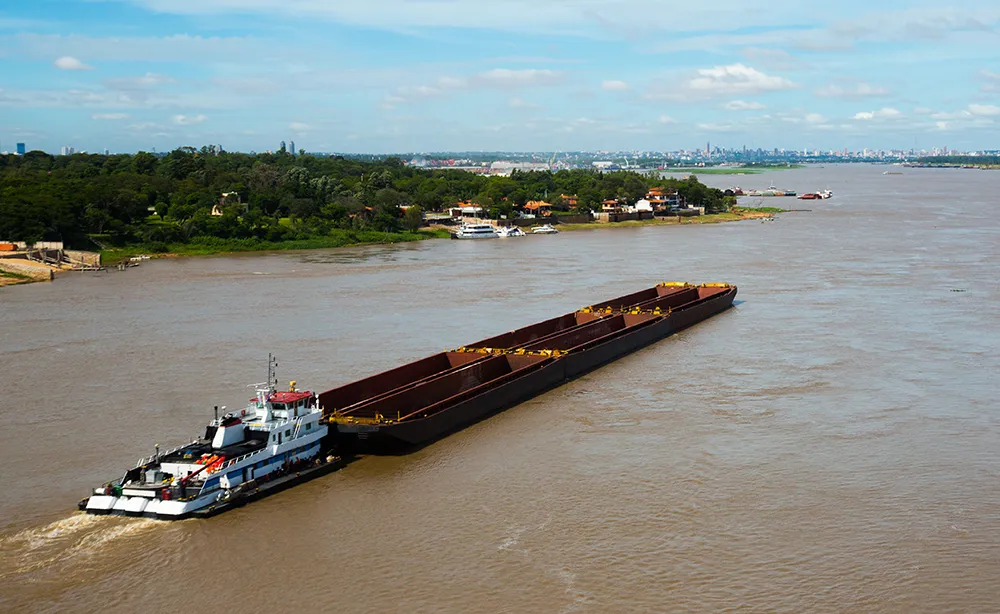Video detection specialist Traficon has been awarded a contract to provide video image processors for traffic monitoring inside the Södra Länken and Norra Länken tunnels in Stockholm, Sweden. The company will provide some 763 of its VIP-T modules, which have been designed for automatic incident detection and traffic data analysis.
March 22, 2012
Read time: 2 mins
Video detection specialist 348 Traficon has been awarded a contract to provide video image processors for traffic monitoring inside the Södra Länken and Norra Länken tunnels in Stockholm, Sweden. The company will provide some 763 of its VIP-T modules, which have been designed for automatic incident detection and traffic data analysis.
The VIP-T video image processing board provides real-time data and image information for optimal traffic control and fast, accurate incident detection. Fast DSP processors allow various algorithms (tracking, motion detection, adaptive shadow suppression, etc.) to run simultaneously on one single board. This ensures high reliability and a low false alarm rate of the video detection system. The Traficon VIP-T uses MPEG4 image compression to offer full frame rate streaming video.
22 VIP-T video image processing modules have already been installed in the Södra Länken tunnel. In cooperation with traffic specialists337 Swarco Sweden and ISG Systems AB Sweden, Traficon will install another 370 modules in the course of 2012. The installation of 393 VIP-T modules for the Norra Länken tunnel is expected to start after 2012 in cooperation with ISG Systems AB Sweden for delivery to Tunnelentreprenad AB, a consortium owned by 2927 Swarco Nordic and Rolf Tannergård.
Both Södra Länken and Norra Länken are new traffic routes that have been designed to help alleviate the increasing traffic volumes in and around Stockholm. The 6km long Södra Länken, of which 4.7 km is in tunnels, is the southern part of the Stockholm ring road and is the largest-ever road tunnel construction in Sweden. The construction of Södra Länken began in 1997 and was completed in 2004. The northern Norra Länken will be about 5km long and the major part of it will be in underground tunnels. Construction of Norra Länken started in 2006 and is expected to be completed by 2015.
The VIP-T video image processing board provides real-time data and image information for optimal traffic control and fast, accurate incident detection. Fast DSP processors allow various algorithms (tracking, motion detection, adaptive shadow suppression, etc.) to run simultaneously on one single board. This ensures high reliability and a low false alarm rate of the video detection system. The Traficon VIP-T uses MPEG4 image compression to offer full frame rate streaming video.
22 VIP-T video image processing modules have already been installed in the Södra Länken tunnel. In cooperation with traffic specialists
Both Södra Länken and Norra Länken are new traffic routes that have been designed to help alleviate the increasing traffic volumes in and around Stockholm. The 6km long Södra Länken, of which 4.7 km is in tunnels, is the southern part of the Stockholm ring road and is the largest-ever road tunnel construction in Sweden. The construction of Södra Länken began in 1997 and was completed in 2004. The northern Norra Länken will be about 5km long and the major part of it will be in underground tunnels. Construction of Norra Länken started in 2006 and is expected to be completed by 2015.









